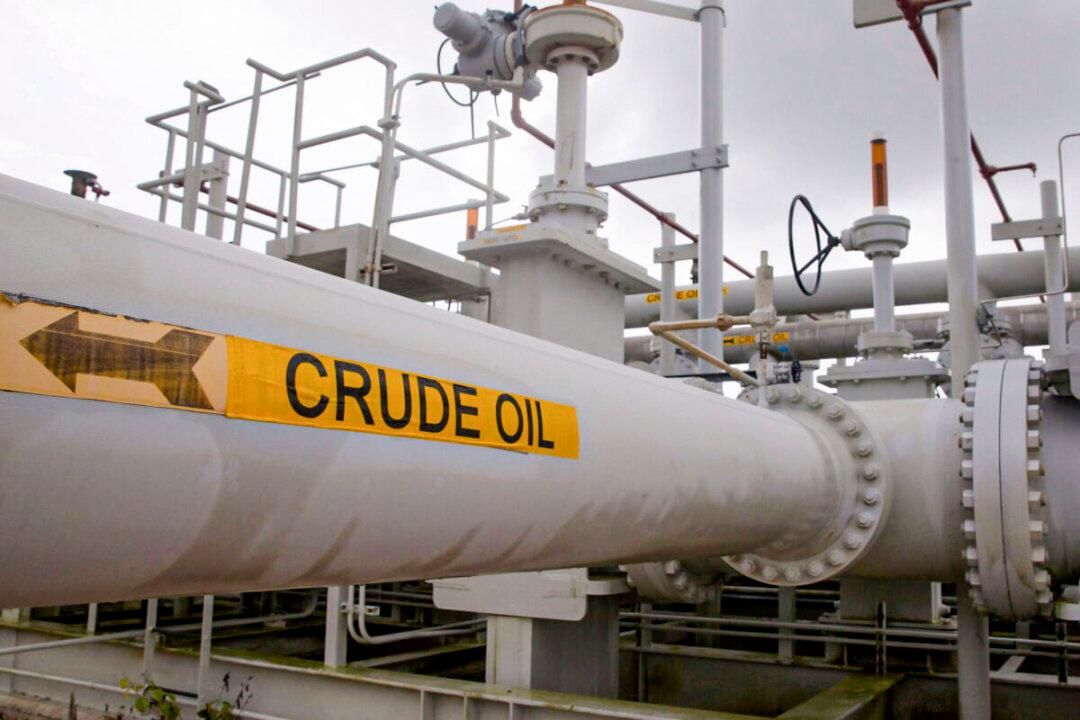Crude oil prices tumbled more than 2 percent during the Jan. 21 trading session as financial markets monitored President Donald Trump’s cavalcade of energy-related executive orders.
West Texas Intermediate (WTI), the U.S. benchmark for oil prices, declined by as much as 2.5 percent to below $76 per barrel on the New York Mercantile Exchange.





